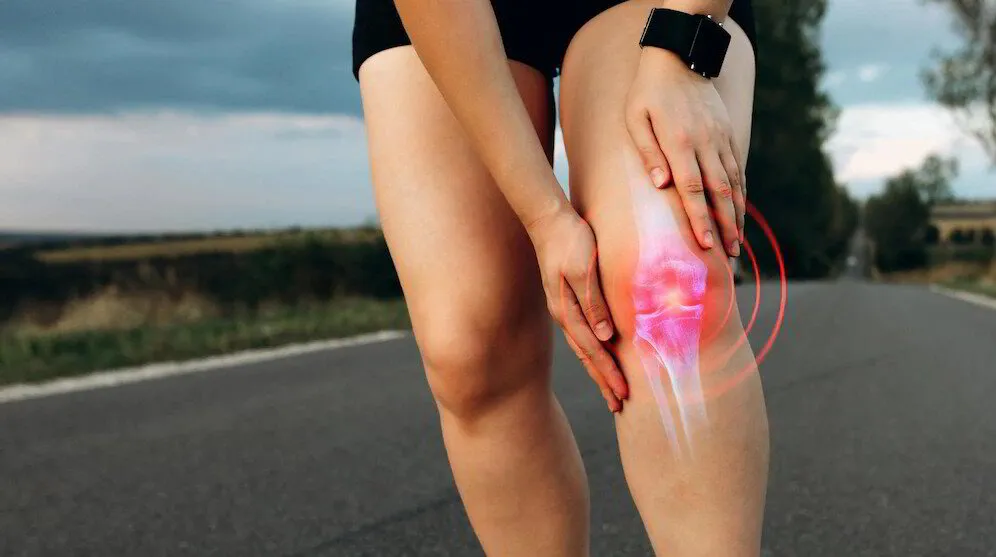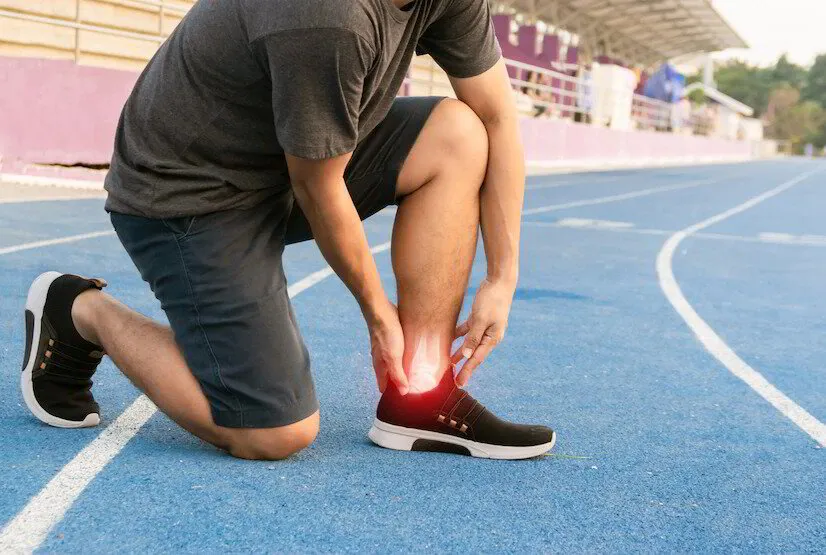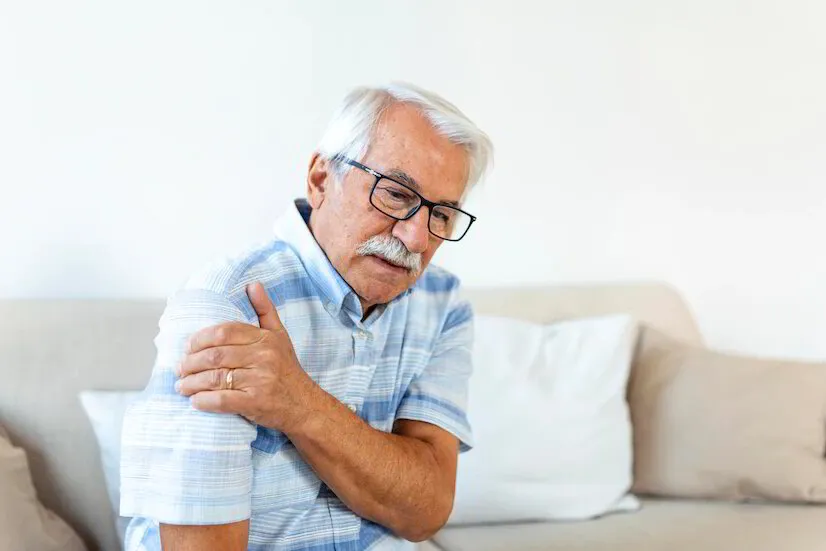Joint pains are one of the most prevalent problems we now encounter. Bones are joined together by joints. They help you in moving and offer support. This blog will teach you about significant symptoms and their treatment to cure various joint pains.
What Is Joint Pain?
Commonly, joint stiffness is felt in the hands, feet, hips, knees, or spine. It's possible for the pain to be ongoing or irregular. The joint may occasionally feel tense, painful, or achy. Some individuals describe their symptoms as scorching, throbbing, or "grating."
The joint may also be stiff in the morning, but with exercise and movement, it will get looser and feel better. But excessive exertion could exacerbate the discomfort.
Joint pain can make it difficult for a person to perform simple chores and may even alter how well the joint works. The quality of life might be impacted by extreme joint pain. Treatment should concentrate on the impaired activities and functioning as well as the discomfort.
Who Is More Likely To Have Joint Pains?
Joint discomfort typically impacts people who:
- Have a history of joint injuries
- Overusing or repeatedly using a muscle
- Have rheumatoid arthritis or another persistent illness
- Have a history of depression, anxiety, or stress; are overweight;
- Have other health issues
The other reason for stiffness and painful joints is age. Adults in their middle or later years may experience issues as a result of years of use and joint wear and strain.
What Are The Symptoms Of Joint Pain?
Joint pain symptoms might range from minor to paralyzing. Without the cartilage, bones tend to move together directly opposite to one another. Some signs include:
- Painful movement
- Swelling
- Stiff or enlarged joint
- Noisy joints
- Difficulty bending
- Straightening the joint
- Loss of motion
- Swollen joint
- Numbness
Treatment Of Joint Pain
The patient can get relief from their discomfort even though there may not be a cure for it. Taking over-the-counter medicine or engaging in easy daily workouts might sometimes make the pain go away. Sometimes, though, pain may be a symptom of a condition that requires either surgery or a prescription drug to treat.
Here are some simple home treatments that you yourself can do.
- Exercise
Regaining function and strength can be enhanced by exercise. The optimum aerobic exercise is low-impact, such as walking or swimming. Those who are related to sports activities or hard exercises need to decrease the hard exercise and switch to low-impact exercises. Exercises that firmly create a stretch in the body will be beneficial. Later before you start with your hard exercise, consult your doctor.
- Weight Loss
If necessary, weight loss may also be advised to minimize the load on joints. You should try losing weight. This might be possible that because you are overweight there might be stress loading on your knee joints. Be very careful while you are having knee pain and maintain a balanced weight in your body.
- Topical Treatment
Ointments or gels that can be massaged into the skin over the troubled joint area are examples of topical therapies that can help reduce discomfort. Some of them may be purchased without a prescription or over-the-counter, respectively.
- Diet Supplements
Diet supplements, similar to glucosamine, may prop with pain relief. Before using any supplements, consult a doctor. Supplements are principally specifics made specifically for a particular purpose, so before you input, any supplement get a regular note from your doctor.
- Supportive Aids
Supporting tools can help support the joint to enable easy movements, similar as a brace, club, or an orthotic in the shoe. The right druthers will be explained to you by a doctor or your therapist.
- Medications
Some painkillers also provide ease with the pain. But suggested that you should concern your doctor if you feel frequent pains in your joints.






